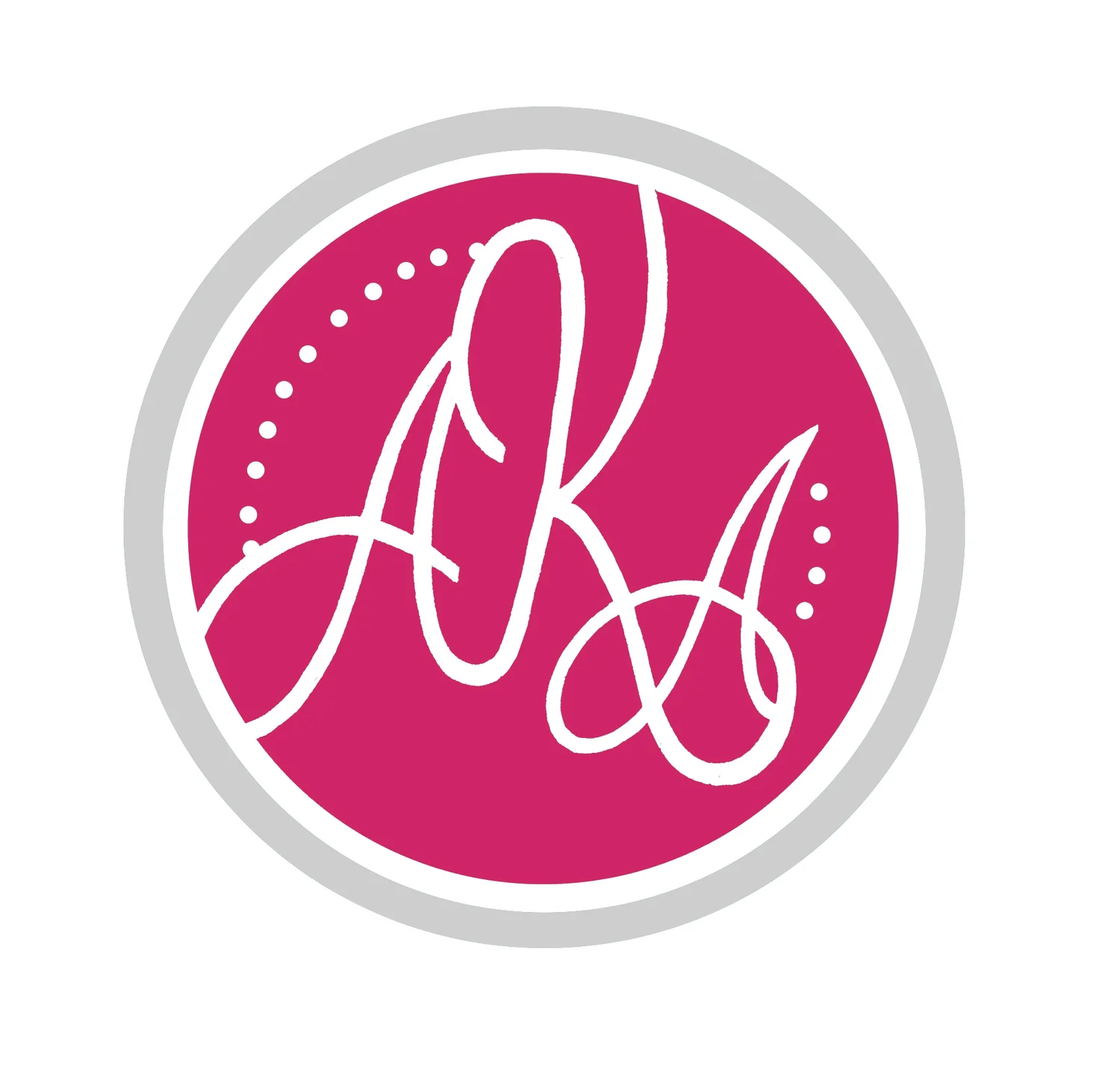Triangle Practice: Potholders
When I look at a quilting project and patterns I often look for two things to steer clear of—circles and triangles. I haven’t gotten over my anxiety about circles, I’m not sure that I ever will. But triangles are doable. And after studying a lot of tutorials on how to make some successfully, I was ready to give it a try.
Now, when I’m trying out something new, I don’t like to practice on big quilts. In big quilts there is a certain level of commitment, and if I decide that triangles are the worst in the middle of the project then I’m stuck working on something I hate until it’s done.
A friend of mine got married in October, and I thought that would be a great opportunity to try out some triangles. Potholders are small. If I dislike the process then at least it will be over soon. When I make a gift for a friend’s wedding I try to pick colors that match the wedding (unless I know that they are into something specific for decorating).
I started out by cutting 3-inch squares. This part can get tedious and boring, but it only lasts for a little while and it’s an important step.
I used grey as my base color, so each orange or purple square got married to a grey square. Put them together so they’re kissing (good sides in). I drew a line down the diagonal with one of my favorite FriXion pens to be my guideline.
On each side of the line I stitched a quarter inch seam.
Then you get to cut along the line you drew earlier—this took me back to cutting pieces of paper for art projects at school. Following the line is easy now and a quick step.
Iron them flat. You’ll end up with these little wings on the edges—cut those off before you start sewing.
Then it’s like a normal nine-patch.
Figure out your pattern.
Sew a row together.
Sew the rows together.
And then you have a bigger square made of triangles!
I put the new block on top of a piece of batting (I like using Warm and Natural or White and Natural for potholders). I quilt those two pieces together. For this block I did a quarter inch seam on either side of each seam for the nine-patch.
Trim off the excess batting.
Add another piece of batting—the exact shape as the block—and the backing. To figure out how big to making the backing piece I measure the square and add and inch to all of the sides. (So if I have a square that’s 4in x 5in I’m going to cut the backing to be 6in x 7in.) I did a stitch in the ditch for all four pieces—this is optional. You don’t have to do that extra bit of quilting, but I like the added security when I get to the binding.
Now for the binding. I picked up this method a few years ago and really like it. You basically start on one side and fold the extra inch you allowed in half and iron it flat. And then you fold that over the top of the project and iron it again. It’s hard to explain, so check out the pictures below. (Here’s the tutorial I learned from, she does a better job of explaining it, and she has better pictures of the corners than I do this time around.)
Because I did the binding this way I wasn’t able to create that classic loop for hanging up potholders. We never hang ours up, so it wasn’t a great loss to me. In fact, I didn’t notice they weren’t there until someone else pointed out that that the loop was missing.
Once the binding is done you’re all set! I made two potholders to match for her wedding.
And I didn’t hate triangles in the end! Woo! In fact, be looking for some more triangle projects in the future!



